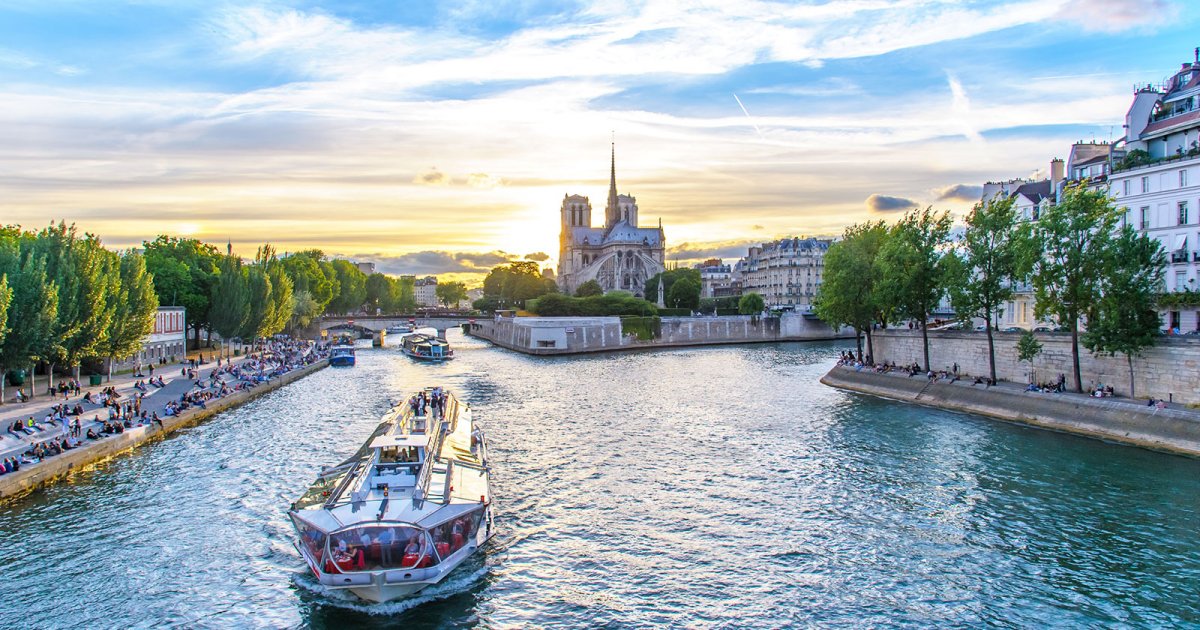SEINE, First Part
 Language: English / USA
Language: English / USA
Hi, I'm Alyson, your personal guide. Together with MyWoWo, I'd like to welcome you to one of the wonders of the world.
Today I'll accompany you through the length of the Seine River, which is one of the most poetic experiences to enjoy in Paris!
Your tour starts from Pont de l'Alma, directly above the tunnel where Princess Diana and Dodi al-Fayed lost their lives in a tragic car accident. Most of the companies that organize mini-cruises with the typical Bateaux Mouches boats sail from this point, showing you the symbolic monuments of the French capital from a new perspective on the water. Famous monuments scroll past on both sides of the river in a majestic panorama: I suggest using the bridges as reference points; I'll point them out as we reach them.
As the second longest river in France after the Loire, the Seine has always been the fulcrum of Paris: some of the city's most important historical buildings have been built along its banks.
Leaving the Eiffel Tower behind you and proceeding towards the center of the city, you'll first pass under the Pont des Invalides and then the wide Pont Alexandre III decorated with lampposts and statues in floral style. The bridge's parapets are one of the favorite viewpoints of photographers and directors, including Woody Allen in his movie Midnight in Paris. On your right you can see the large green space of the Esplanade des Invalides that was created at the beginning of the 18th century as a connection between the river and the immense Hôtel des Invalides, which was built in the second half of the 17th century for injured soldiers and veterans. Napoleon's tomb is just beneath its golden dome!
At your left you can see the gardens of the Champs-Élysées as well as the two exposition pavilions built in 1900: the first is the Grand Palais and then the Petit Palais.
The next bridge takes its name from Place de la Concorde, which is to your left and where you can see the obelisk that Egypt donated to France. A little further down you can see the dome of the church of Madeleine, which was designed as an ancient temple.
When you're right at the bridge look to your right for the noble and solemn Neoclassical façade of Palais Bourbon, with twelve majestic Corinthian columns in front of it. The palace dates back to the Napoleonic era and hosts the National Assembly.
FUN FACT: construction on the Concorde Bridge began in 1727 but ended in 1797 because of a curious peculiarity: it was created thanks to the French Revolution. In fact, it was built with stones taken from the Bastille fortress!



